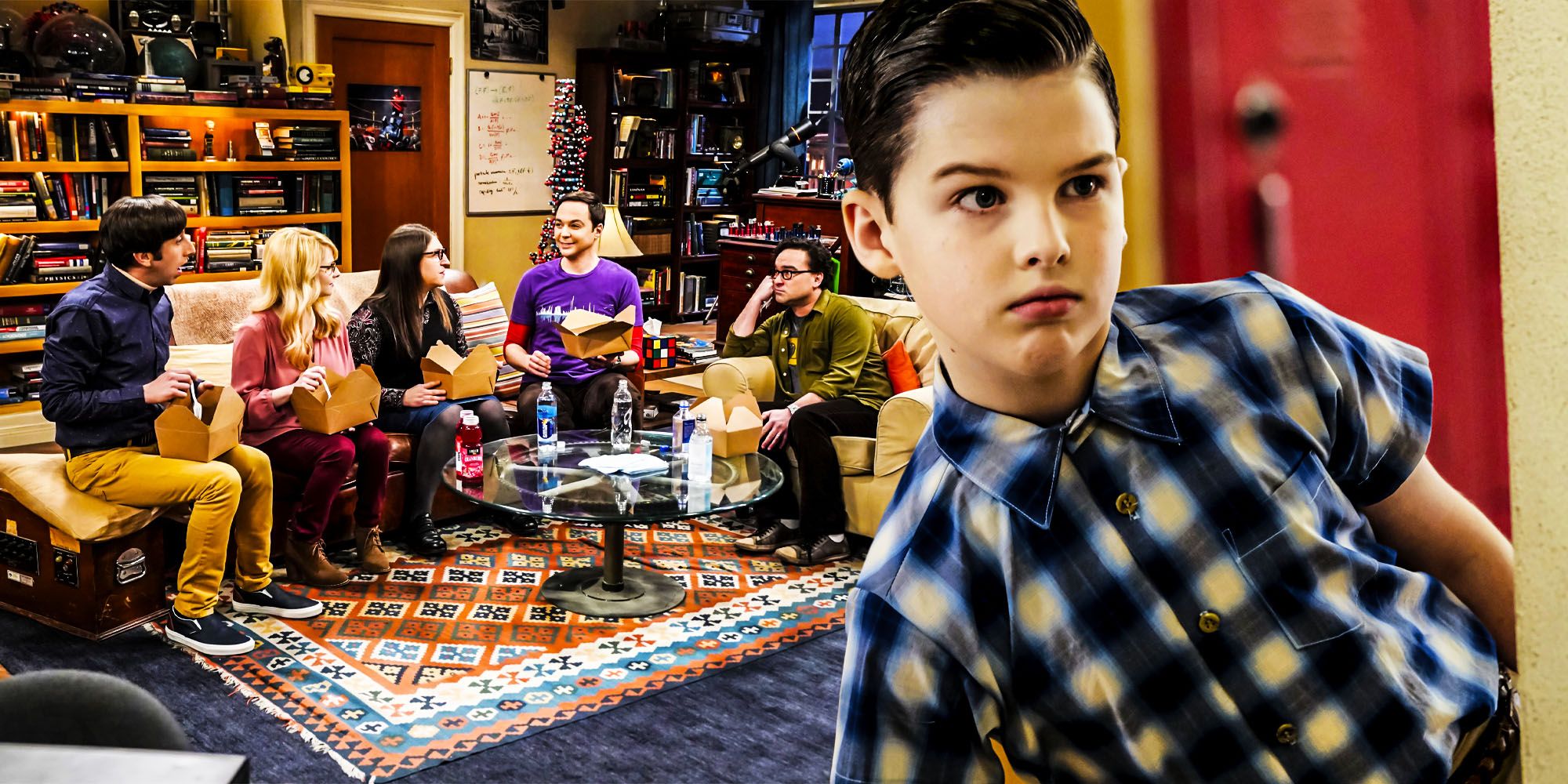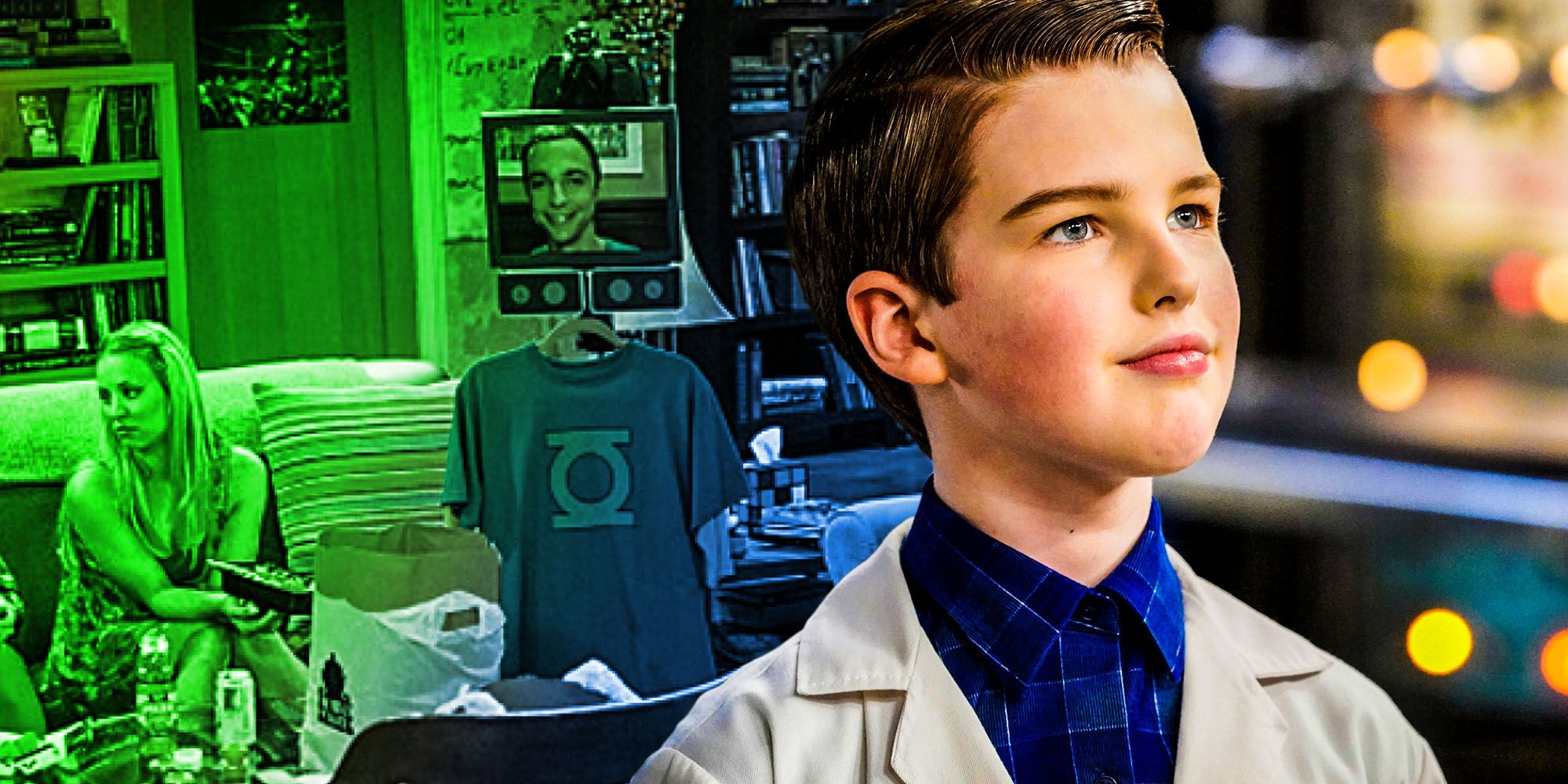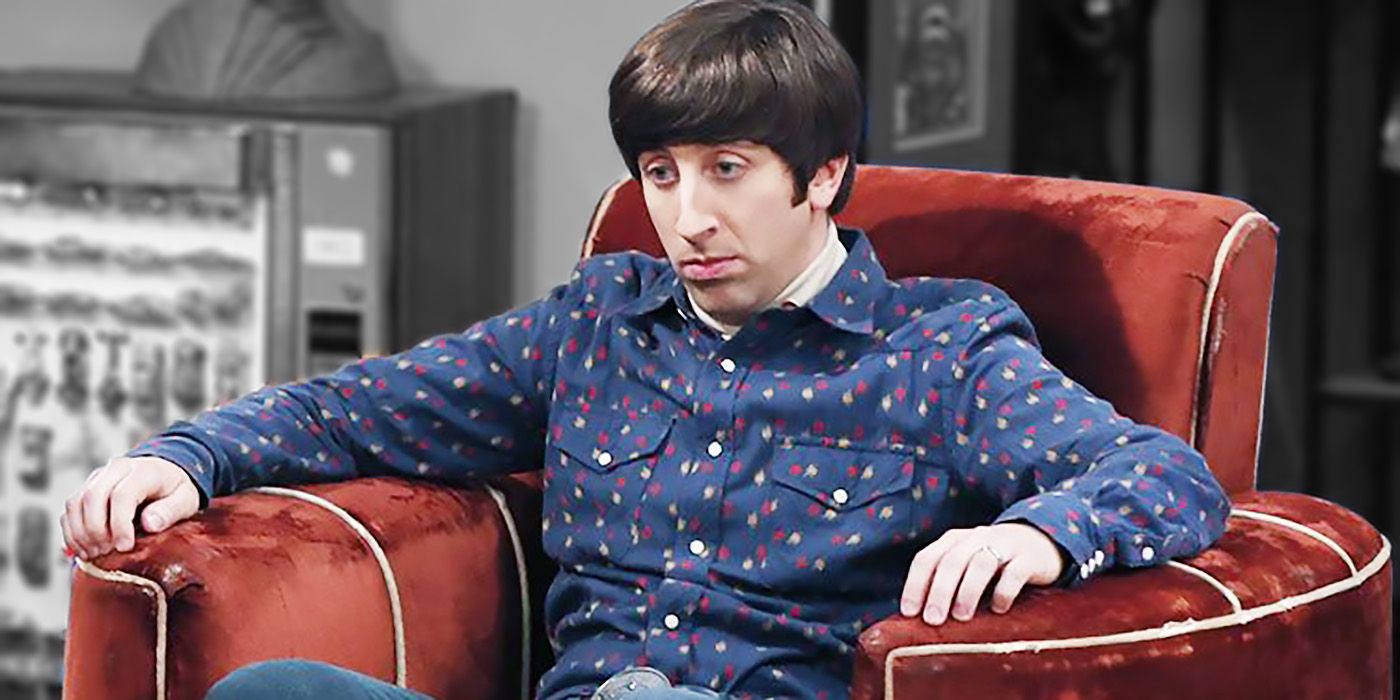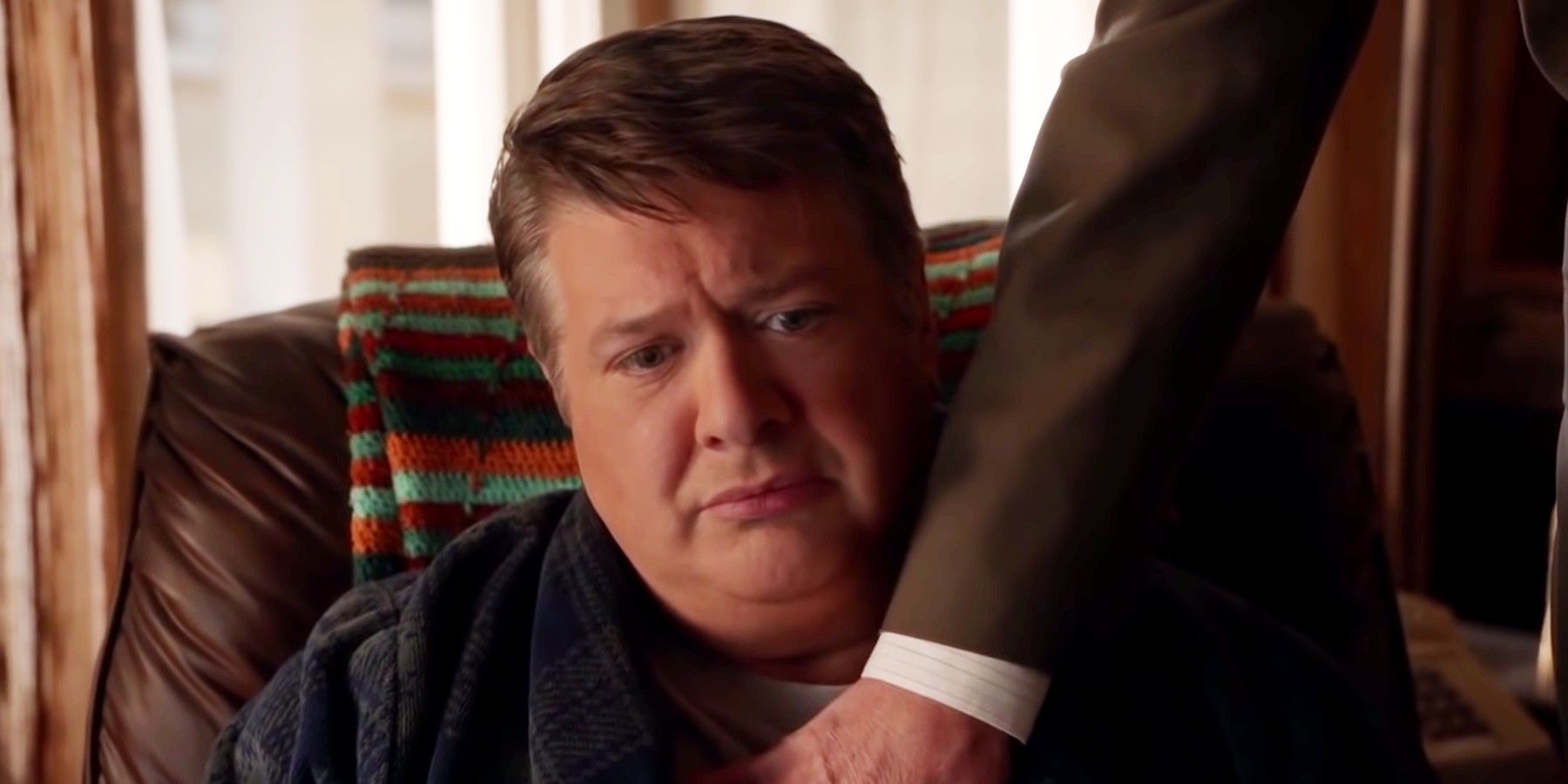
The Big Bang Theory spinoff Young Sheldon managed to avoid a major mistake that the original show made, and this stylistic shift allowed the new series to become a hit. Despite The Big Bang Theory receiving impressive ratings, the hit sitcom did not earn rave reviews upon its initial 2007 debut. The Big Bang Theory’s cast was singled out for praise (particularly future Boys In The Band star Jim Parsons) but the series itself was criticized for relying on a conventional, arguably outdated sitcom style in an era when the television sub-genre was evolving.
However, over its 12 seasons, the popularity of The Big Bang Theory grew massively until the show was eventually one of television’s biggest hits. Like creator Chuck Lorre’s earlier hit Two & a Half Men, The Big Bang Theory was proof that a traditional multi-camera sitcom complete with a live studio audience could still succeed in the changing media landscape of the 2010s. However, The Big Bang Theory’s successful spinoff Young Sheldon was a hit precisely because the show altered this winning formula.
Switching the setting from the present to the late ‘80s and changing its cast meant that Young Sheldon was always going to feel fresh in comparison to its long-running predecessor. However, years after Arrested Development updated the sitcom for the twenty-first century, the best choice that The Big Bang Theory’s spinoff made was dropping the traditional multi-camera, laugh track-backed setup for a more modern single-camera style. Switching formats was enough to liven up the potentially tired formula and reinvent the title character, making the stories of Young Sheldon more immersive than the over-the-top antics of The Big Bang Theory.

Transitioning to a single camera setup gave Young Sheldon more room to develop its own tone and style, creating a series that felt as indebted to The Goldbergs or The Wonder Years as it did The Big Bang Theory. As proven by How I Met Your Mother’s ambitious experimentation, a traditional multi-camera sitcom can play with the rules of its format without abandoning the familiar conventions of the sub-genre. However, while the period setting helped, what made Young Sheldon feel truly different from The Big Bang Theory was the show’s change in style. While many spinoffs attempt to simply recreate the appeal of their predecessors, the single-camera setup of Young Sheldon combined well with Parson’s nostalgic narration and the Cooper family dynamic helped to make the series feel new, while still creatively indebted to The Big Bang Theory.

While The Big Bang Theory mined a lot of laughs from its simple setup, like fellow Chuck Lorre mega-hit Two & A Half Men, its potential was limited by the show’s traditional sitcom style. The series shared an issue with the Roseanne retooling The Conners, with its potential for moving or emotionally complex stories being limited by the larger-than-life style of traditional sitcoms. The Big Bang Theory’s commitment to traditional sitcom aesthetics was one shared by few of its contemporaries, and the inherently theatrical nature of the sitcom aesthetic meant that the next laugh always needed to be on the way even during the show’s most serious moments. In contrast, borrowing the style used by Malcolm In The Middle and Scrubs allowed Young Sheldon to tell more emotionally-charged stories and let the moments of character insight breathe without the spinoff having to prioritize the next big laugh line.
The Big Bang Theory’s traditional sitcom setup was not an issue for the series early on in its run and may have been a boon to its popularity. Thanks to the time-hopping storytelling of How I Met Your Mother and the rise of single-camera sitcoms, few shows were offering the same simple, familiar situational comedy setup of The Big Bang Theory when the show debuted in 2007. However, as the series grew from a sitcom mining laughs out of its socially inept leads and became more of a hang-out show, pairing off its stars with long-term love interests, The Big Bang Theory's inability to tell more serious stories became an issue. Like Friends and How I Met Your Mother, The Big Bang Theory did not let its traditional sitcom style stop the show from trying to tell some poignant and emotionally affecting stories. However, The Big Bang Theory’s multi-camera setup limited the effectiveness of these sort of sentimental moments, and like How I Met Your Mother’s infamous ‘Sunrise,’ some of the show’s most disliked episodes were its more self-serious outings.

Shows like The Goldbergs use a period setting to harken back to an earlier era of sitcoms without actually bringing back live audiences, and Young Sheldon's decision to follow this trend as opposed to keeping The Big Bang Theory’s multi-camera style meant the spinoff gained a nostalgic feel. Switching to a single-camera setup allowed Young Sheldon to add a narrator in the form of older Sheldon and gave the spinoff more freedom when it came to telling ambitious stories, as Young Sheldon was unafraid of sad moments that weren’t immediately followed by big, crowd-pleasing punchlines necessary in traditional multi-camera sitcoms. This resulted in Young Sheldon becoming a rare spinoff that felt genuinely unlike the original series The Big Bang Theory, despite sharing the same main character.
Unlike The Conners’ Roseanne retool, Young Sheldon took the formula of traditional family sitcoms and gave the familiar setup a fresher look. Over its first few seasons, Young Sheldon has flourished as a result, surprising both critics and even some fans of the original show. The potential of a Big Bang Theory spinoff that lacked the original show’s cast and their chemistry seemed doomed even to some fans, so the format change was necessary to keep Young Sheldon from feeling like a weak continuation of the original show. Luckily for the creators, the risk paid off, and Young Sheldon can stand on its own as a successful sitcom as well as a worthy follow-up to The Big Bang Theory.
from ScreenRant - Feed https://ift.tt/3nr19CK


0 Comments